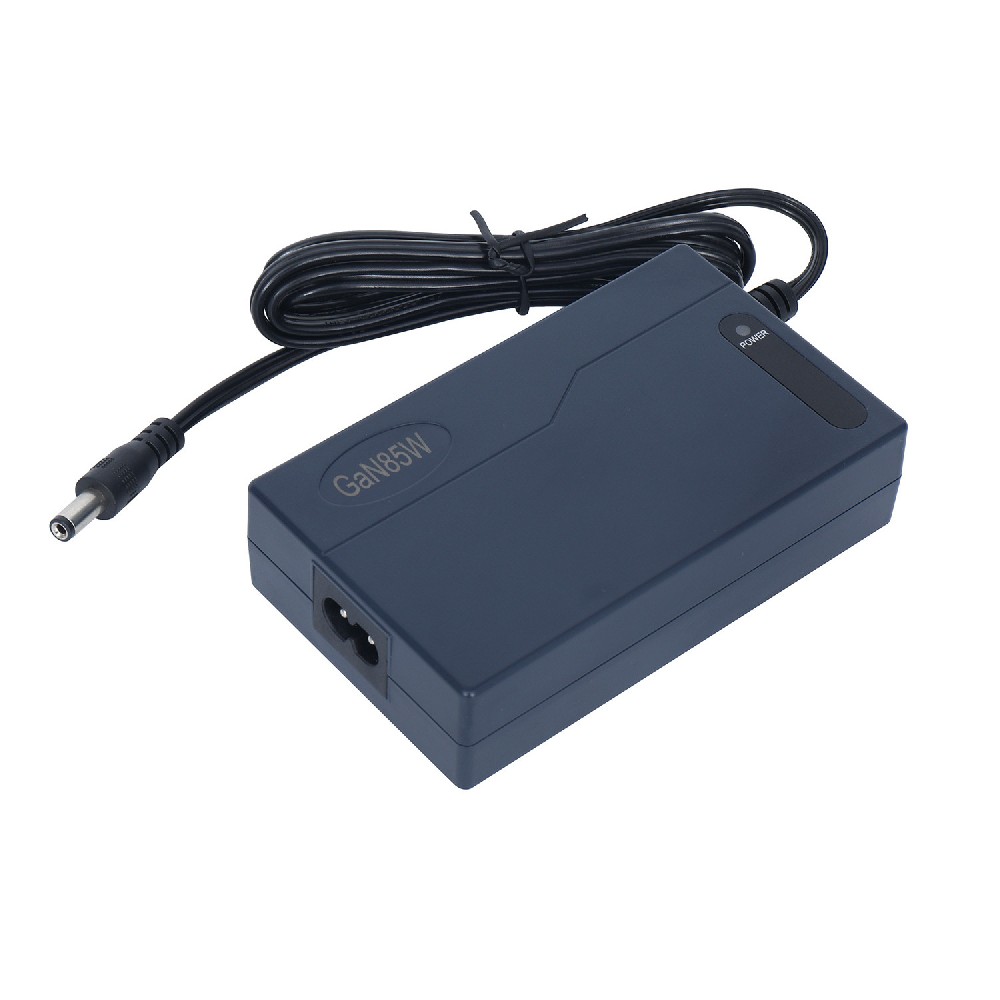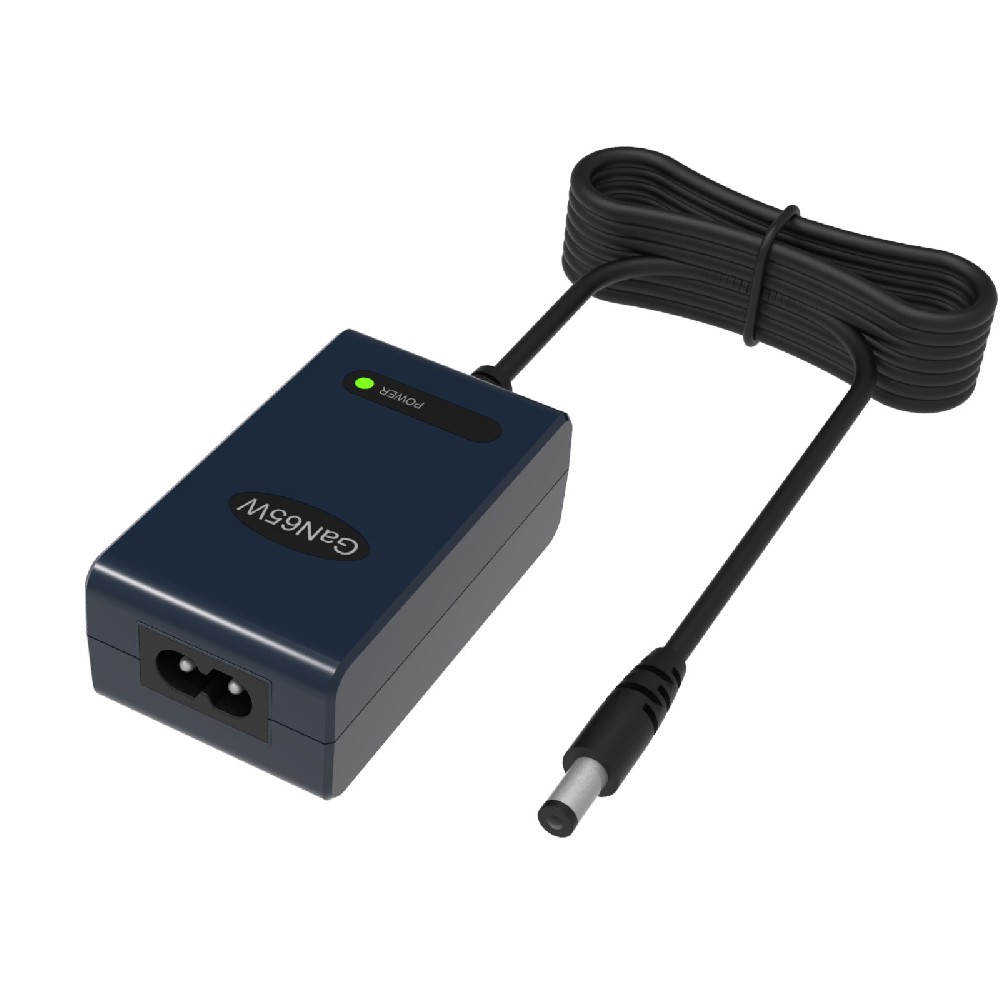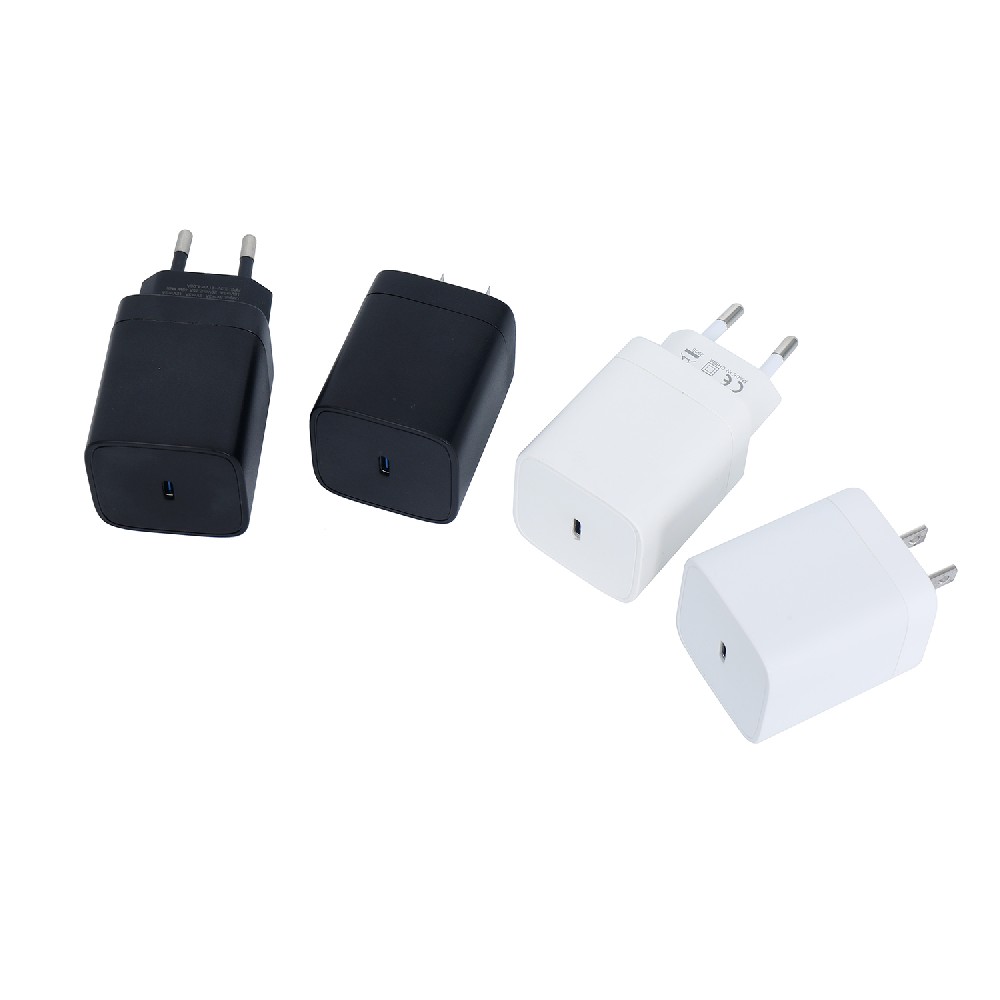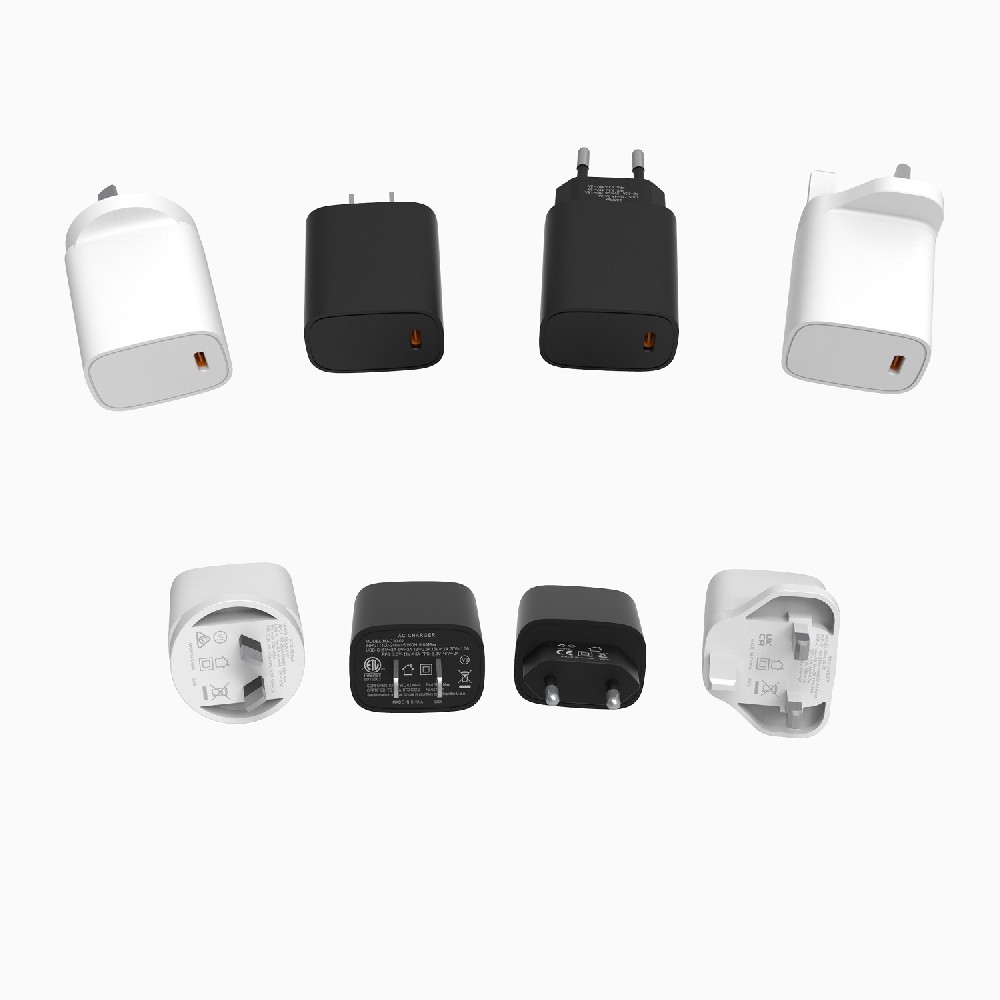Information Center
Unleashing the Power of Efficient and Safe Battery Charging Circuits
Published:2023-06-13 10:36:20 Author:Green WCND Views:54A battery charger circuit is a device that regulates the charging of batteries. It is an essential device for rechargeable batteries such as those found in laptops, smartphones, and electric cars. The circuit ensures that the batteries are charged efficiently and safely without overcharging or undercharging.

A typical charger circuit consists of several components that work together to regulate the charging process. These components include a transformer, diodes, capacitors, voltage regulator, and a timer circuit. Each component plays a critical role in ensuring the charging process is efficient and safe.

The transformer in the circuit converts the AC voltage from the wall socket to a lower AC voltage suitable for the charging process. The diodes convert the AC voltage to DC voltage, which is then stored in the capacitors to provide a steady supply of power to the rest of the circuit. The voltage regulator ensures that the voltage supplied to the battery is within safe limits to prevent damage to the battery. Finally, the timer circuit controls the charging process to ensure that the battery is not overcharged or undercharged.
Different types of battery charger circuits are available depending on the application. The most common types of battery chargers include linear chargers, switch-mode chargers, and pulse chargers. Linear chargers are simple and affordable, but they are less efficient compared to switch-mode chargers. Switch-mode chargers are more efficient and have a higher charging capacity, but they are more complex and expensive. Pulse chargers use a pulsing current to charge the battery, which is efficient and does not overheat the battery.
When designing a battery charger circuit, it is essential to consider the charging capacity of the battery, the charging time, and the battery chemistry. Different types of batteries have specific charging requirements, and failure to follow them may damage the battery or reduce its lifespan. For example, charging a lithium-ion battery using a charger designed for a lead-acid battery may cause the lithium-ion battery to overheat and explode.
In summary, a battery charger circuit is an essential device that ensures that rechargeable batteries are charged safely and efficiently. The circuit comprises several components that work together to regulate the charging process. Different types of battery chargers are available, depending on the application, and the charger design should consider the battery characteristics to prevent damage or reduce its lifespan.
The battery pack is the heart of a golf cart, silently powering every acceleration and climb on the green. However, battery degradation often goes unnoticed, mu···
The battery pack is the heart of a golf cart’s power system, yet maintaining it has long been a challenge for technicians. Traditional troubleshooting methods—···
For golf course managers, ensuring smooth and efficient operations is crucial for providing a memorable experience for golfers and maintaining the reputation of···
A battery tester ensures golf course cart batteries operate efficiently and reduces downtime through the following ways:I. Precise Battery Condition DiagnosisOp···





